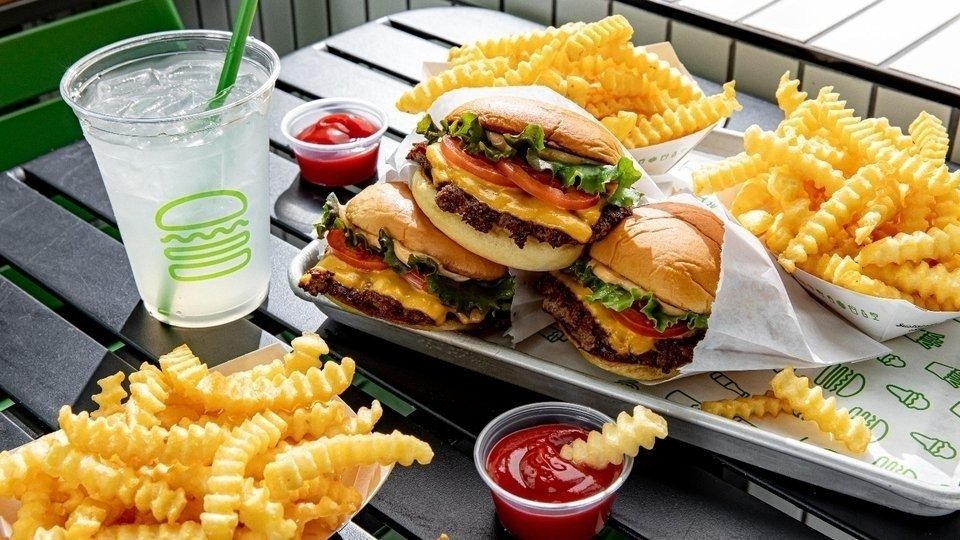Operations
To drive traffic in a “value-oriented market,” Shake Shack is moving beyond its traditional word-of-mouth marketing. The company has embarked on a paid media campaign.

Photo: Shake Shack
July 31, 2025 by Cherryh Cansler — Editor, FastCasual.com
Despite reporting this week that Shake Shack’s Q2 EPS and revenue exceeded forecasts, CEO Rob Lynch and CFO Katie Fogarty said they were leveraging operational efficiency and a new strategic playbook to confront three industry-wide challenges, including:
- Rising beef prices and supply chain disruptions.
- Economic uncertainties and intense competition.
- Market saturation.
The leaders described the following strategies during Thursday’s investor call.
1. Rising beef prices and supply chain disruptions
A significant headwind for the company is the increasing cost of a core ingredient: beef. Combined, food and paper costs were up 40 basis points in the quarter, “led by mid single-digit increase in beef cost,” Fogarty said during the call.
Lynch, however, expressed confidence in the company’s ability to mitigate the pressure.
“We are able to mitigate a lot of that with productivity in our operations and in our supply chain,” he told ivestors, adding that the company was working on “supply chain optimizations” and has “looked at every facet of our supply chain, our suppliers across all of our ingredients, our logistics and distribution network.”
These efforts, combined with a focus on operational productivity, are expected to offset a significant portion of the inflationary impact.
The company is also making progress on reducing our build costs, and despite global supply chain uncertainty, was on track to reduce costs by at least 10% this year.
2. Economic uncertainties and intense competition
Lynch said Shake Shack was building a model to succeed in a challenging macroeconomic environment by relying less on price increases by a 2% sales growth in Q2 with only 3% pricing, a shift from 4% growth with 7% pricing in the prior year.
Also, to drive traffic in a “value-oriented market,” the company is promoting combos to reduce friction for guests and is moving beyond its traditional word-of-mouth marketing. The chain, for example, has embarked on a paid media campaign to support a national culinary offering, the Dubai Shake, and a “dollar soda promotion” to drive app usage.
“We have not heavily invested in marketing up until very recently because we needed to make sure that when we sent people, we sent our guests into the restaurants, they were gonna get great service,” Lynch said “And we’ve improved across all three of the things we really measure in our scorecard — people, performance and profits.
3. Market saturation
Although the chain is planning to add 45 to 50 company-operated Shacks in 2025, Lynch said it was taking a disciplined approach to avoid saturation. Its focus on growing established markets outside of the Northeast, for example, will help diversify itportfolio and increase the productivity of its supply chain and marketing investments.
To support this growth, Shake Shack is investing in long-term strategic capabilities, including the opening of a second domestic support center in Atlanta later this year. The facility will serve as a hub for innovation and “will significantly enhance our ability to build the team pipeline and future we aspire to,” Lynch said.


